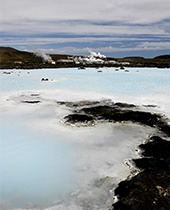In this instance, before leaving home, I had formed some preliminary impressions. I had expected the stark, remote, and beautiful landscapes, but the glaciers, geysers, and waterfalls were far more powerful and moving than photos or film could convey. From our readings of Icelandic Sagas, a novel by Nobel Laureate Halldór Laxness, and a contemporary detective novel, I expected to encounter a hard-working, no-nonsense, matter-of-fact populace with a high level of education, a strong streak of independence, and a healthy democracy. I had heard that Icelanders were the most literate and most feminist people in the world. I even knew that Iceland isn’t very icy at all. I had a generally Scandinavian sense of Iceland and Icelanders.
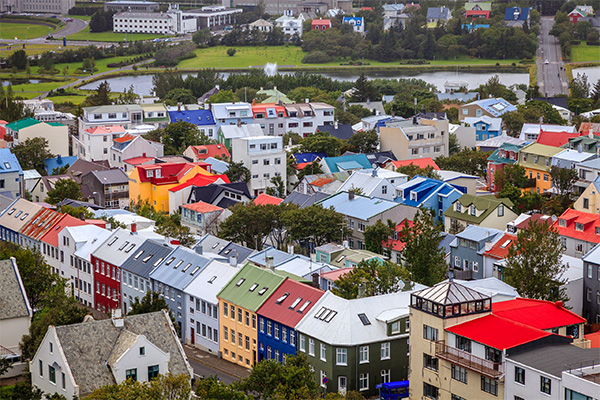
The thing that surprised me most, though, was just how few people there are in Iceland, only 325,000. A question that began at home and only grew during our trip was, How and why does a sparsely populated and remote island become one of the wealthiest and most developed nations in the world? As media coverage of the upcoming referendum in Scotland approaches, and memories of Vive La Quebec Libre!, and other separatist movements came to mind, I wanted to know what makes Iceland work as a country.
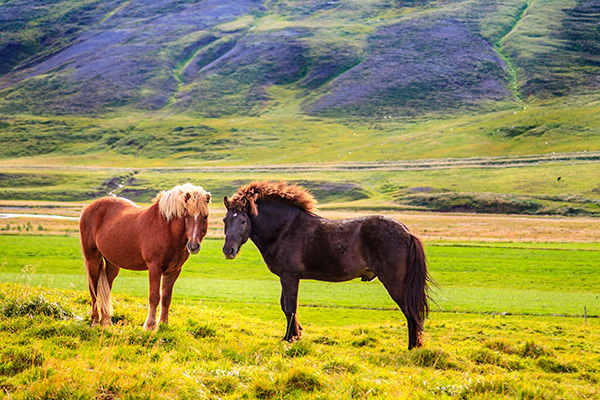
I am reluctant to try to dissect the collective national psyche of any destination, much less one where I’ve read only a few books and visited for ten days. And yet I am inclined to try. The question about what sets this unlikely nation apart kept haunting me.
In the case of Iceland, that means the Viking heritage and the alternately exquisite and threatening forces of nature. Indeed, how could an intimate connection with one’s ancestors and such close proximity to a powerful seismic landscape not shape the Icelandic character?
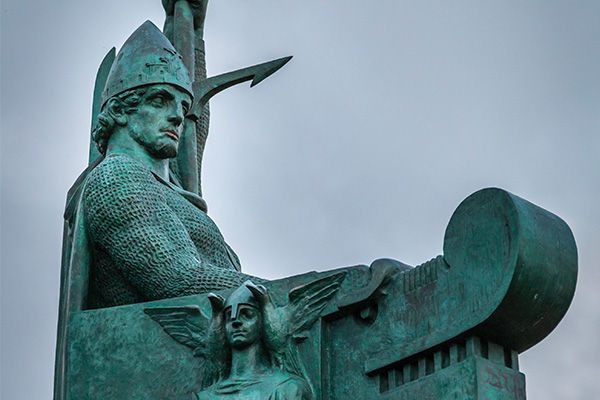
Democratic Legacy
Iceland is arguably the world’s oldest parliamentary democracy, with the establishment of a legislative assembly, the Althing, in 930. Legend has it that Iceland, like the US, was founded by freedom-loving Norsemen fleeing the tyranny of a harsh king and unfair taxes.
To begin with, the Althing was an annual gathering of the island’s regional chieftains to decide on legislation and dispense justice. All free men could attend the open air assemblies, which were the main social event of the year and drew large crowds, including parties involved in legal disputes.
The Althing laid the foundation for the kind of parliamentary democracy Iceland would establish when it became independent from Denmark in 1944. Features of the present Althing which flow from these early days are shared power through coalition governance, egalitarianism, and suspicion of monarchy, hierarchy, and pomp. This early and continuing history of inclusive governance is certainly a good nation-builder.
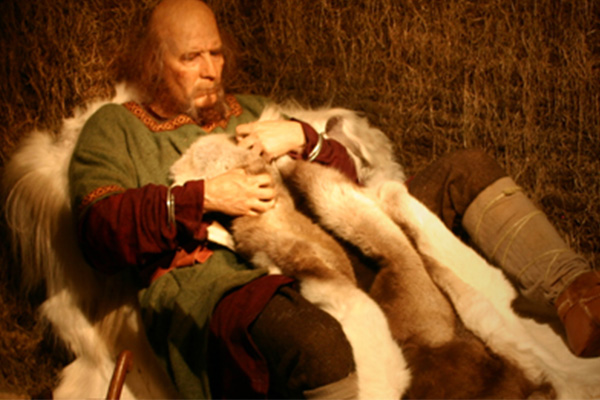
Literary Legacy
Icelanders are a literary bunch. They love books and are very proud of their literary heritage. Iceland’s literacy rate is virtually 100%, and this goes back a long way, when itinerant teachers would bunk in with a family until everyone could read and then move on. Per capita publication of books and magazines is the highest in the world.
This literary heritage undoubtedly stems from Saga authors from the 12th to 14th centuries. The Saga writers sought to record their heroes’ great achievements and to glorify the virtues of courage, pride, and honor, focusing in the later Sagas on early Icelandic settlers.
The Icelandic Sagas are considered one of the most valuable cultural contributions to world history and still influence the way we tell and read stories.
But the Sagas mean much more to Icelanders. They remain an intrinsic part of their national identity. Virtually all Icelanders can literally trace their roots to the Vikings of the 10th century. And because contemporary Icelandic is largely unchanged from the Old Norse of the Vikings, Icelanders need no translation to read their direct ancestors’ epic accounts of settlement and exploits abroad.
While Icelanders share a traditional liberal Nordic outlook with Scandinavian countries, the distinctive literary legacy of the Sagas on the Icelandic character might be said to be the high importance they place on the traits of independence and self-sufficiency.
We certainly experienced the value placed on these qualities in Halldór Laxenss’s The Fish Can Sing. Those in our group who have read his Nobel Prize-winning Independent People concur.
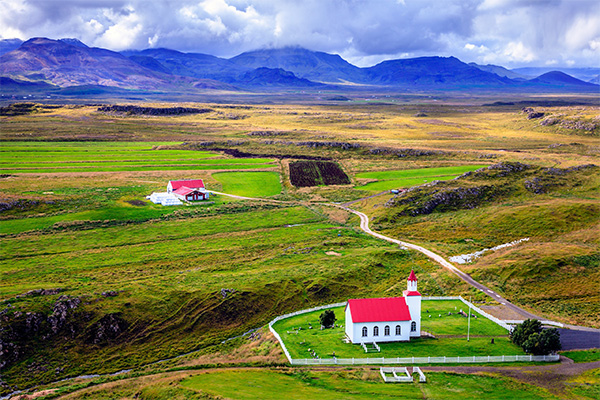
Icelanders have a sense of belonging that is extremely rare. They are all essentially related and can trace their ancestors back to the first settlers. It seems that having Viking blood in their veins is a point of personal and national pride.
In addition to making Iceland a unique experimental setting to mine the gene pool of an entire country in search of the root causes of–and potential cures for–some of the world’s worst diseases, the genetic homogeneity of the population creates a sense of close knit family among the citizenry.
In a country of cousins, informality characterizes personal relationships. The entire country is on a first name basis, even the head of state. Trust is also likely to be higher among those with shared experience and values, resulting in an environment where it is easier than elsewhere to make things happen. There is always someone nearby to lend a hand or offer support. This can-do attitude creates confidence and optimism.
Trust also means that Iceland is safe. Babies are regularly left outside shops and restaurants in their prams or strollers.
A shared gene pool and a shared literary and political history certainly give Iceland a long leg up over other countries in the establishment of national identity.
And, it seems probable, that the adoption of Lutheranism as the state religion in the mid-16th century, injected a booster shot of the Protestant Work Ethic into the arms already hard-working Icelanders.
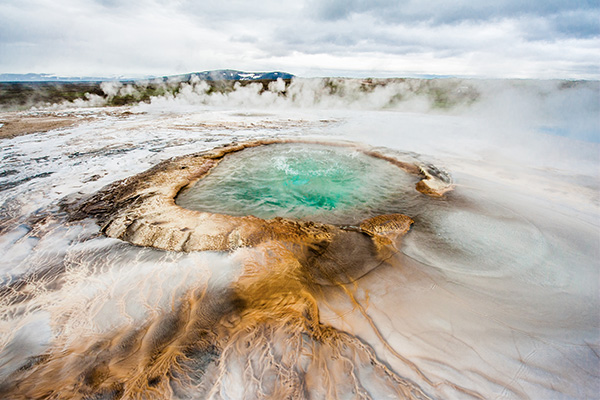
On the face of it, Iceland has nearly all geographical cards stacked against it.
It is an island.
It is remote.
It is cold.
And very windy.
Only 21% of the land can handle vegetation.
It is prone to natural disasters, i.e., earthquakes and a ton of volcanic activity (as we experienced with Bardarbunga).
But Icelanders have the ingenuity to turn threats into opportunities. They take advantage of seismic activity for energy production. They use the earth’s underground heat to warm homes and to create electricity. Although active volcanoes can and do create problems for the people of Iceland and residents of neighbouring countries, Iceland’s lava flows, geysers, hot springs, and volcanic landscape are exploited to bring tourists to come and see all of the island’s natural wonders.
“Þetta Reddast” is a kind of national motto. It means “Everything will work out.” Here is an Icelandic comedian’s chant with the audience chiming in, after every disaster, “Þetta reddast.”
“Not a single fish in the net.”
“Everything will work out!”
“Sour lamb fries for breakfast.”
“Everything will work out!”
“The wife has left.”
“Everything will work out!”
“Trillions in debt.”
“Everything will work out!”
This may be the moment to talk about the international economic meltdown of 2008. Iceland experienced one of the most dramatic crashes any country had ever seen. But Iceland has also staged what appears to be the fastest recovery on record.
According to American economist Paul Krugman, Iceland’s dramatic comeback is the result of a muscular approach he recommends to other nations in crisis. The rules are as follows: “Allow your ailing banks to collapse; devalue your currency if you have one of your own; introduce capital controls; and try to avoid paying back foreign debts.”
A radical home grown analysis concluded that Iceland’s male-dominated economy, banking system and business culture were responsible for the mess. And women were at the forefront of the national economic clean-up. The argument was that focusing on closing the gender gap would help create a more balanced economy “bringing female values into the mainly male spheres of private equity, wealth management and corporate advice.”
There has been a collective examination among Icelanders about who they are, what is important to them, and what their place in the world is. After the crash, many Icelanders turned away from the fast-paced world of global trade. They began spending more time with their families and children, in the outdoors and with Icelandic books. Alcohol consumption dropped among young Icelanders, and the subjective feeling of happiness increased.
Since 2008, the country has started to knit and wear Icelandic sweaters again (men too). We saw Icelanders wearing them everywhere. They are the antithesis of suits, the globalized uniform of bankers. And along with the demand for knitting has come an increased desire for traditional Icelandic dishes and national customs.
Icelanders seem to want to be Icelanders again.
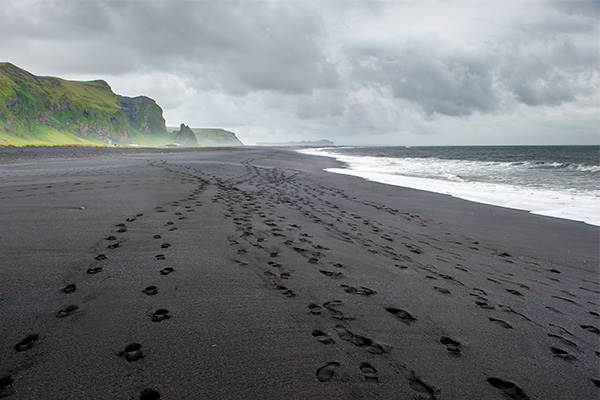
LESSONS LEARNED
Back to my overarching question, How and why does a sparsely populated and remote island become one of the wealthiest and most developed nations in the world?
I think that this brief encounter with Iceland has given me some insight into its very particular history and geography have shaped its remarkable success AS A NATION. But I would not be willing to posit any lessons for other existing or aspiring nations. What goes wrong here can be fixed more quickly than elsewhere. What works here is difficult to copy in places where the situation is larger and more complex.
Our next Literary Iceland tour is taking place this September. Click here to request a detailed itinerary.


